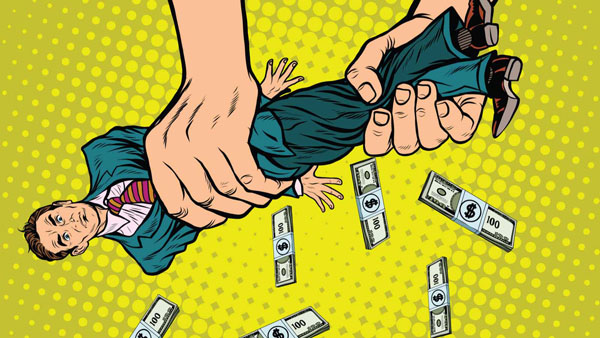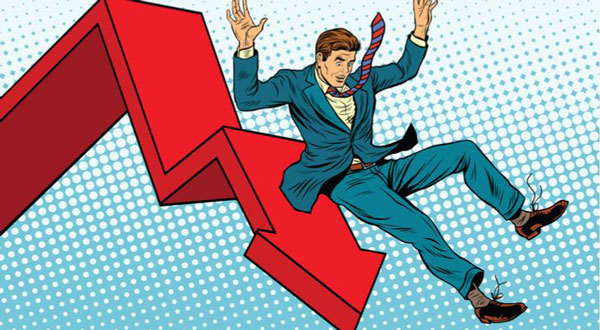What is a Short Squeeze? Everything You Need to Know
Advertisement
Triston Martin
Nov 12, 2023
Most people in the stock market use buy-and-hold strategies to find good businesses with good long-term prospects. Wall Street, on the other hand, uses a lot of new and different ways to bet on stock prices. The prices of the stocks you own, even if you're a buy-and-hold investor, may change because of what other investors do, not because of the business fundamentals of the company you own. One of these events, called a "short squeeze," can send a stock's price up hundreds of points in hours. Here we will talk about a short squeeze and how to avoid it.
What do You need to know About Short Squeeze?
In the financial markets, a short squeeze is when the price of an asset soars so much that traders who have sold short have to close out their positions because of the rise in the price. Short sellers are "squeezed" out of the market because there is a lot of demand. There aren't many short squeezes where the asset price increases even more, and more short sellers have to close their positions. To cover their short parts, traders who had sold short the asset must now buy the asset to make up for the money they lost. This only increases the amount of buying pressure in the market, so the asset price rises even more.
The Basics of Short-Sale

If you bet on the value of a stock going down, this is called short selling. To do this, you borrow shares from another investor and then sell them independently. These shares don't belong to you, and you can't sell them. You can't do this. It was a gift. In this case, you will have to buy back the shares to return them to their rightful owner. Even though short-sellers who go bankrupt are no longer sent to prison, the obligation to repurchase the shares is still genuine. Then, short squeezes are used.
The Evolution of a Short Squeeze
A short squeeze happens when the price of a stock has been going down for a long time. Short sellers are becoming more and more popular because the price has dropped. They are hoping to profit from the price drop. There comes the point when there is a lot of pressure to buy in the market. Sometimes it is caused by one or the other. Surprise good news about the company, such as an earnings report exceeding market experts' expectations, could make the stock's value rise. When technical traders see signs that the stock has been oversold, they may start buying it. As a result, they may be ready for a move up.
When many new buyers enter the market and push the stock's price up quickly, the short seller's gains start to go away. Even worse, their profitable positions begin to lose money as the stock's price rises because more people buy it, so it goes up even more.
How to Spot an Impending Squeeze

Technical traders keep an eye out for signs that stock might be ready for a short squeeze if a lot of buying pressure comes into the market at the same time. One is short interest, which is the percentage of a stock's total number of shares currently owned by short-sellers compared to the total number of shares. This number is called the short interest percentage. A short squeeze is more likely to happen when more of the stock's shares are being sold short than the average level of short selling.
Traders also watch the "days to cover" on a deal. By comparing the amount of short-selling interest in a company to the amount of stock traded each day, short-selling interest is measured. In this example, we show how many trading days it would take for people who sold short to cover all of their positions, based on the average trading volume of the stock market. It is more likely that a short squeeze will happen if there are more days to cover.
The Best Way to Avoid a Squeeze
Short selling is dangerous because it only has a small chance of making money but a huge chance of making money. On a short sale of a company worth $10, you can't make more than $10 because the price can't fall below zero. However, there is no limit on the number of goods bought. This is true, but it’s also possible that you could sell it for $10 and then be forced to repurchase it at $20. Or $200 or $2 million. As long as you follow the rules, there is no limit to how high a stock can go.
The easiest and most obvious way to avoid getting squeezed is not too short stocks. In other words, if you decide to short, be sure to keep your position sizes small and try to cut your losses quickly if the deal doesn't work out. The only time short squeezes happen is when many people short the same stock at the same time. This is called a "short squeeze." So, stay away from stocks with high short-term interest rates.







